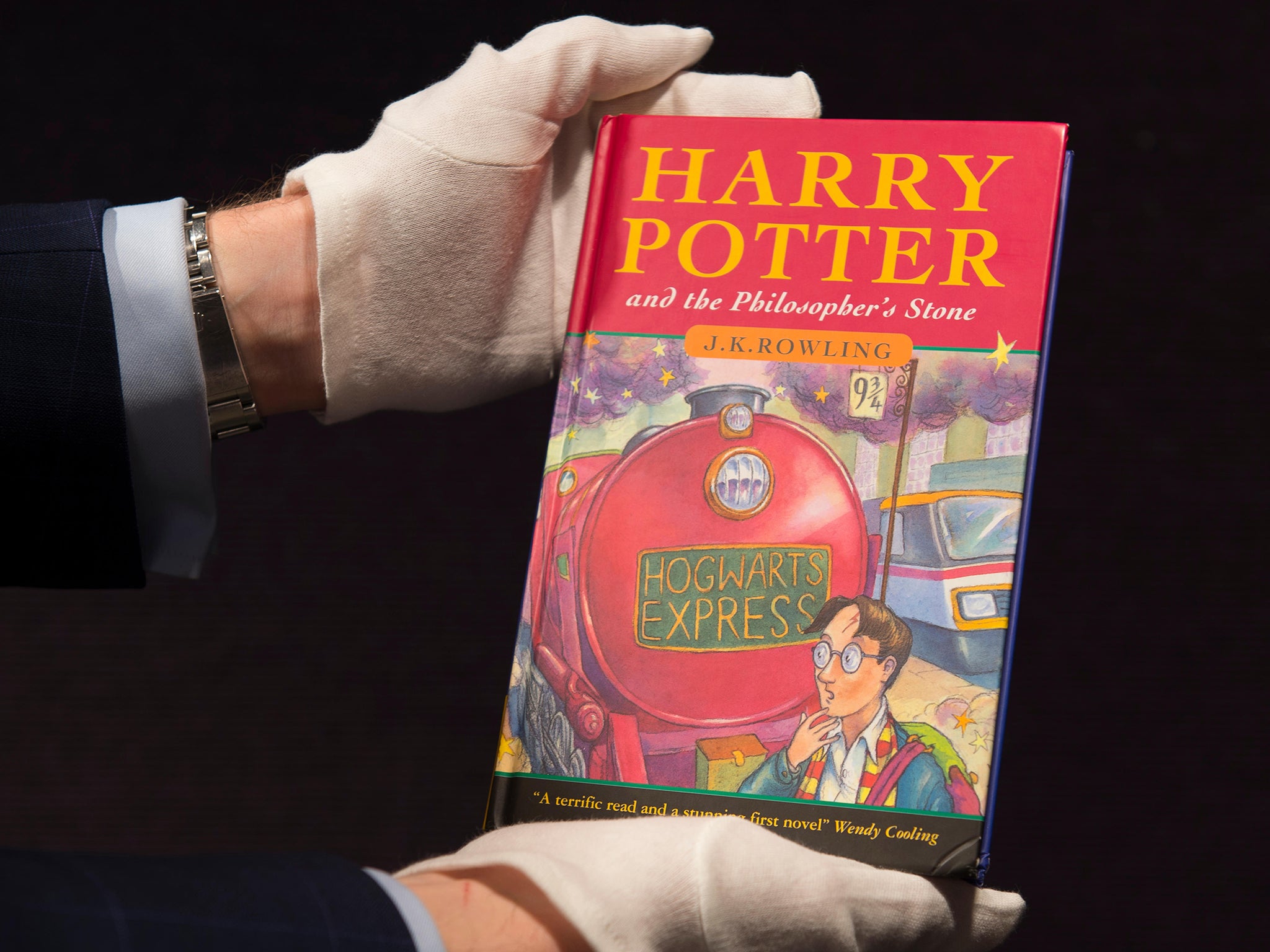Is there a hidden windfall lurking in your attic?
How to spot treasure among trash and why some things are worth holding on to

Last week a rare signed copy of Harry Potter and the Philosopher’s Stone sold for £80,000, four times its estimate at auction.
One of only 500 originals, it was expected to sell between £20,000 and £30,000, but went for so much more because experts believe just 200 copies are left in existence.
But if you have something stored away at home, how can you tell how much it’s worth and should you keep it or consider selling it?
The most expensive toy sold on eBay, for example, was a leather Christian Louboutin window-display bear, which fetched almost £140,000, according to the investment app Freetrade.
Some rare Ty Beanie Babies toys are fetching significantly higher than their listing prices.
Some rare Ty Beanie Babies toys are fetching significantly higher than their listing prices. A Princess Diana Ty Beanie Baby is on sale for £100,000, a rare original “Curly” TY Beanie Baby is up for £29,782, and a rare Ty Beanie Babies Libearty sold this year for £654.50 plus £55 postage.
It isn’t just toys either. A copy of the Arizona Highways magazine from September 1925 sold for £7,716; videogame The Legend of Zelda: Majora’s Mask - Adventure Set, for £20,000, and an iPhone 1st Generation for £10,995.
If you think something is worth a lot of money, you could get it valued by a professional auctioneer.
James Stratton, a clock valuer from Bonhams auction house, was once shown an antique clock the owner wanted to sell, expecting to raise £10,000.
“The clock had an odd brass top with a distinctive figure of Cupid above it. I’d only seen a top like that before on one other English clock, which dated to the 1660s and was made by Ahasuerus Fromanteel, the very man who introduced the pendulum to England in 1658,” he said.
Get a free fractional share worth up to £100.
Capital at risk.
Terms and conditions apply.
ADVERTISEMENT
Get a free fractional share worth up to £100.
Capital at risk.
Terms and conditions apply.
ADVERTISEMENT
There was also a signature on the clock, although this later turned out to be a red herring.
He said: “The signature plaque was probably stuck on by a French dealer in the early 20th century.
“Comparing it to the previous example and other early clocks by Fromanteel, we were able to positively attribute it to the hand of the master himself, Ahasuerus Fromanteel.
“I christened it ‘The Cupid Fromanteel’ and the name has stuck to this day and after a protracted bidding battle, the £200,000-£300,000 estimate was left behind when we sold for £692,000.”
In this case, having the clock professionally valued made a life-changing difference, but you may not always have to do this.
However, selling through an auction house can increase your chances of selling – and the money you could receive.
But before you go down this route, make sure you’re aware of all the fees involved.
You can usually have your item valued without charge, and when you’ve received the estimate it’s then up to you to decide how to sell it, if you want to.
There are now many options for selling, including online marketplaces such as eBay, which gives you 1,000 free listings a month, then charges 35p each after that, plus a final transaction fee of 10 per cent of the value of the item, capped at £250 for a single item.
With an auction house, there will other costs to pay, which may include handling fees, insurance, storage costs, “lotting” fees and the seller’s commission, which is usually around 10 per cent of the sale price. You should be told all of these before you agree to sell.
Stratton adds: “While it’s tempting to do your own research, it’s sometimes counterproductive – in my story, for instance, the ‘signature’ on the front of the dial was not original and it took a specialist eye to recognise that.
“At Bonhams, we provide auction estimates free of charge. Ideally, clients send images of the front and the back of the object, along with measurements and any background information, such as how they came to own it or any known restoration or alterations.”
Not everyone will have an expensive clock or a rare-edition book stored away in the attic but if you have something that is a limited edition or it has a unique mark such as a signature, it will be worth more.
Similarly, if your item is in mint condition – ideally unwrapped and not marked – this will increase the value.
Don’t be tempted to give the item a deep clean first, either. “Try not do any drastic cleaning of the object. With clocks, for instance, any brass or silvered metal is best left just as it is, dirt and all,” he says.
However, if you decide not to sell, you may need to contact your home insurer to add it to your policy. Most insurers have an upper limit for individual items of around £2,000 but the exact amount will depend upon your insurer and your policy.
Join our commenting forum
Join thought-provoking conversations, follow other Independent readers and see their replies
Comments

Bookmark popover
Removed from bookmarks